WA Jarrah Forests
The Jarrah forests in the South-West corner of WA carry have acted as an evolutionary cradle, with plants having to continuously adapt to often harsh conditions–which is why 80% of species are found nowhere else on Earth.
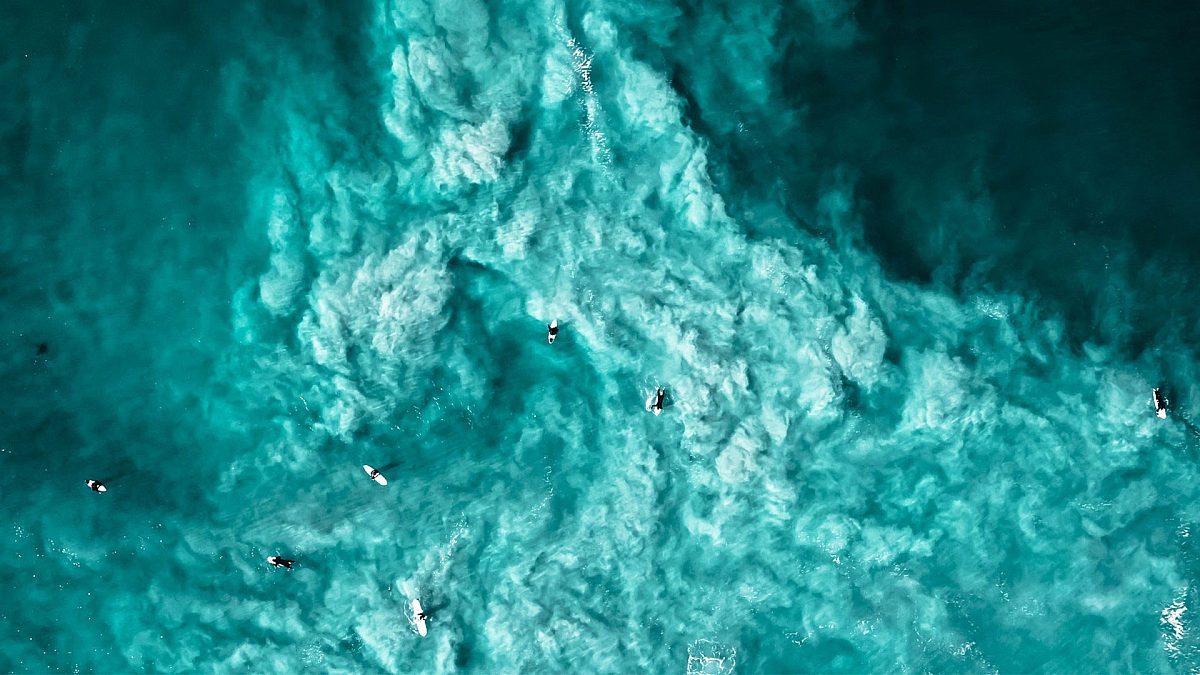
They have a long past, make sure they have a living future.
As a continent, Australia is ancient and remarkable. But within this land there are a collection of special places that hold globally important values. These iconic places are ancient, unique and at risk from current threats such as climate change, mining and deforestation.
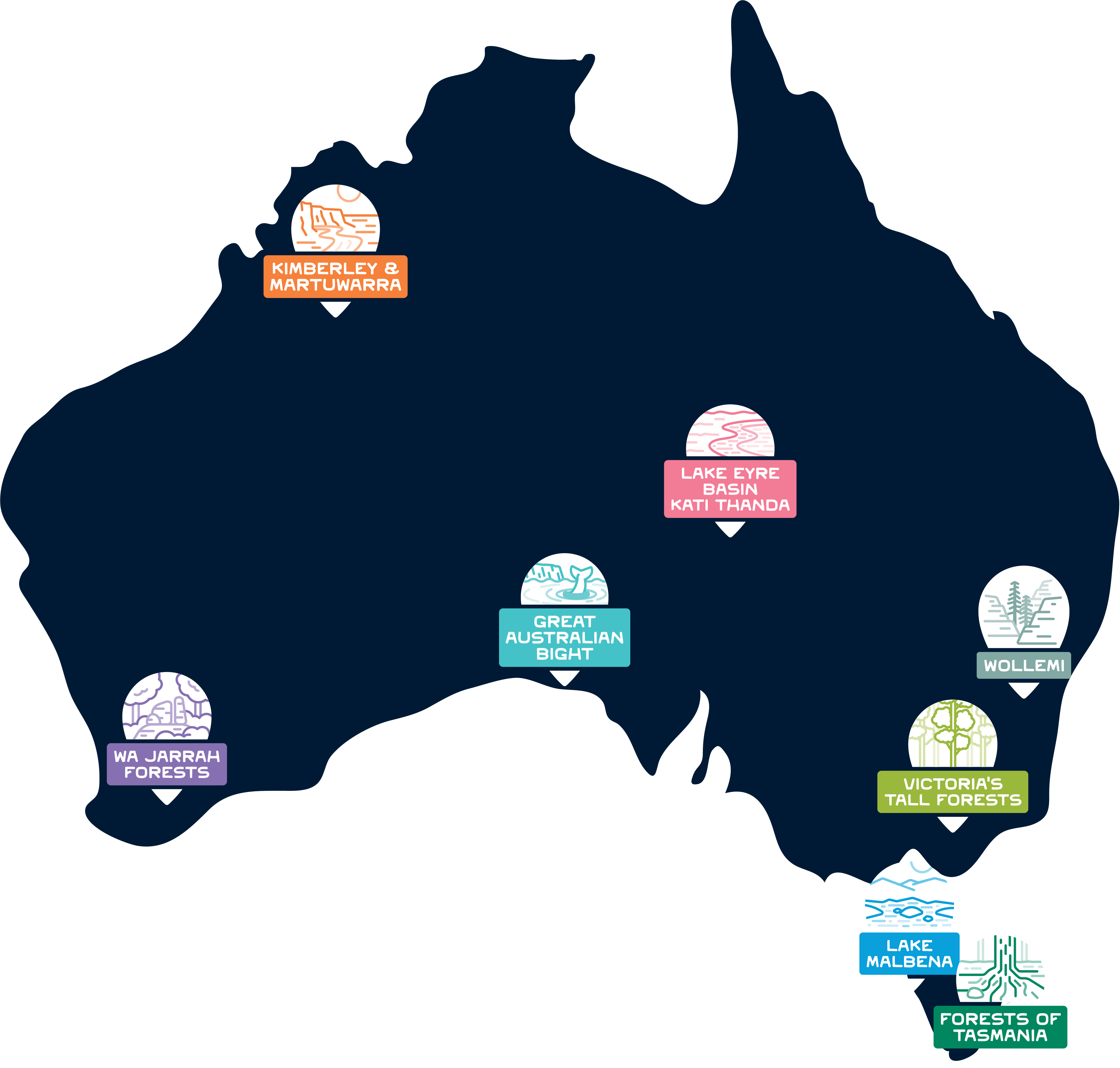
With their rich evolutionary history, abundance of unique flora and fauna, and deep significance for First Nations people, these places deserve respect—and care. They support ancient Gondwanan forests, contain evolutionary adaptations and feature plants and animals that are found nowhere else on Earth.
While often appreciated for their vast beauty, they are more than just pretty landscapes. These remarkable places are crucial to our world’s very life support. That’s why we are celebrating these globally significant places—as Nature’s Elders.
Together, we can help them have not only a long past, but a living future.
Australia is a continent of incredible diversity, with landscapes ranging from rainforests to deserts, all home to a staggering array of species found nowhere else on the planet. The remarkable places we are working to protect are all globally significant because of the unique biodiversity they support.
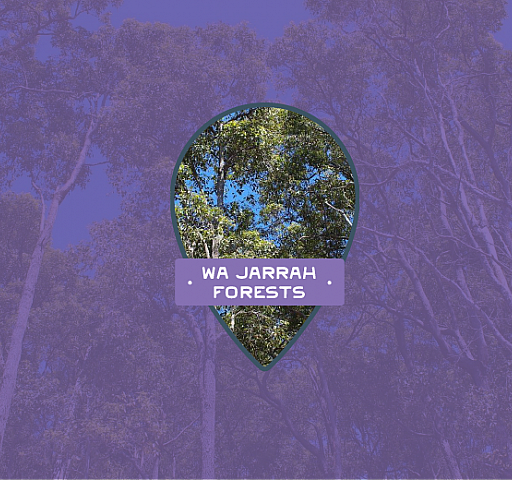
The Jarrah forests in the South-West corner of WA carry have acted as an evolutionary cradle, with plants having to continuously adapt to often harsh conditions–which is why 80% of species are found nowhere else on Earth.
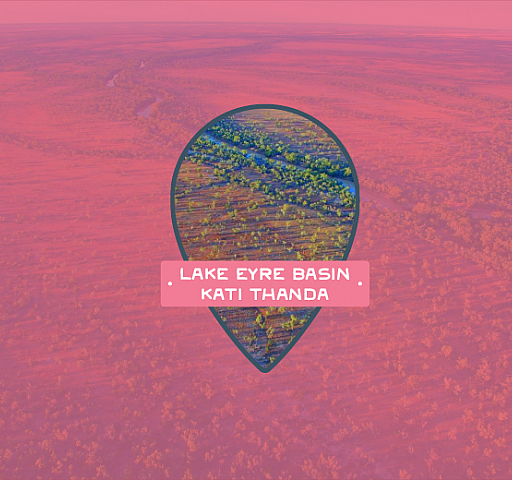
The vast Lake Eyre Basin comprises Kati Thanda, Munga-Thirri / Simpson Desert and Channel Country. It's an incredibly diverse landscape where intact deserts and sometimes vast wetlands support hundreds of species and millions of birds.
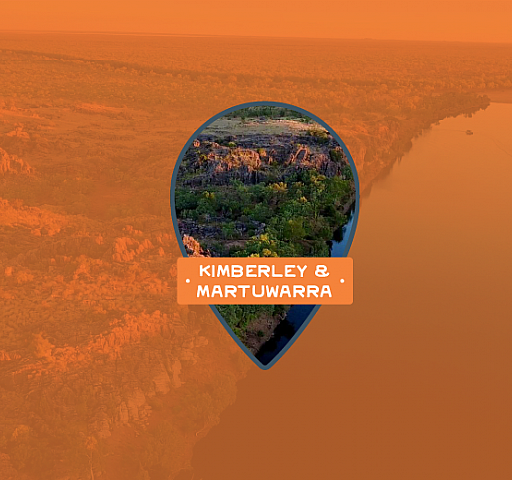
Stunning landscapes, meandering rivers, extensive marine sanctuaries—the Kimberley is home to life found nowhere else on Earth. It’s no place for fossil fuel mega-projects or huge water extractions.
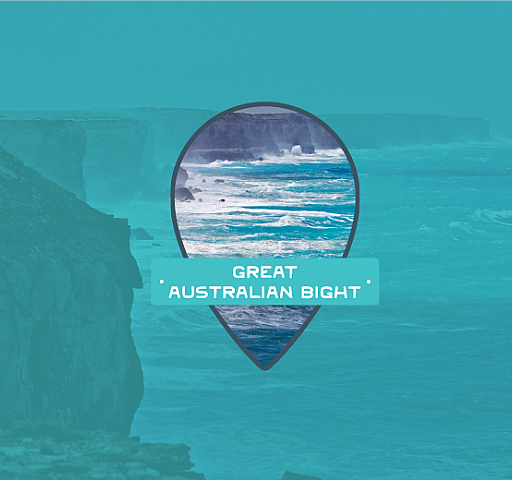
Together we've done it! In February 2020, Equinor backed out of the pristine waters of the Great Australian Bight. And in 2021, Santos has also abandoned its plans. For our climate, coastal communities & wildlife, we must keep this beautiful area safe from fossil fuel corporations forever.
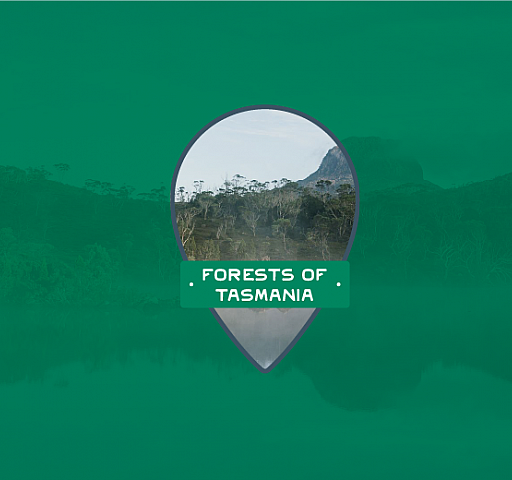
These forests support some of the most iconic species on the planet. They are home to 1000-year-old Gondwanan conifer trees and are a giant store for carbon. Incredibly they are still subject to clear-fell logging. We’re fighting for their protection.
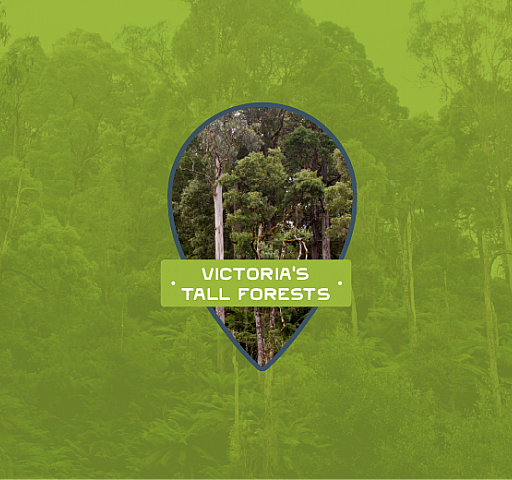
It sounds ridiculous because it is. Victoria’s last great forests–in East Gippsland and the Central Highlands–are being turned into cheap office paper and worthless wood chips. We’re proposing an alternative ending.
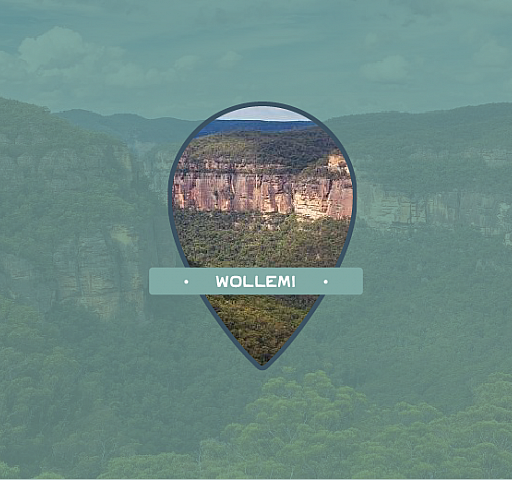
Forming part of the vast Greater Blue Mountains World Heritage Area, Wollemi National Park is home to many unique species, including the last wild stands of the Wollemi pine.
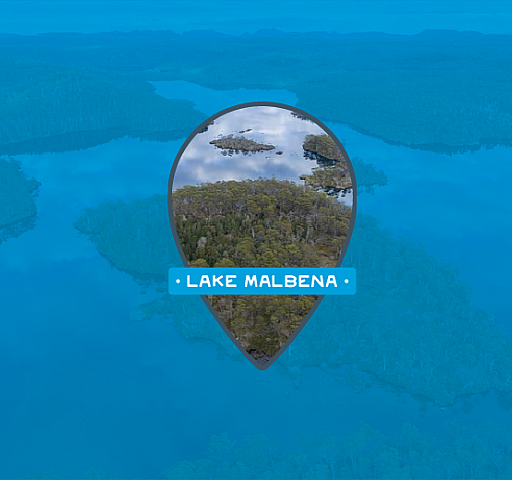
In lutruwita / Tasmania, set within the Walls of Jerusalem National Park’s alpine labyrinth of highland lakes, picturesque mountains and ancient stands of pine forest, lies Lake Malbena. It holds the memory of a landscape sculpted by glaciers thousands of years ago.